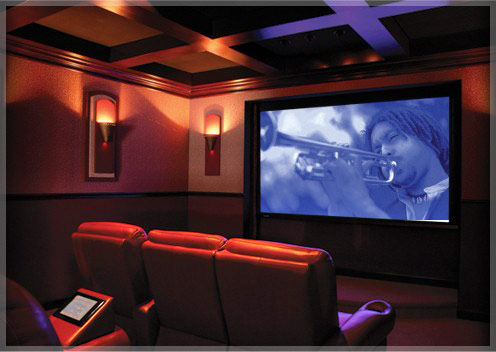Let's start with the cost. As we know, most advanced HiFi/HighEnd/Audiophile products are sold through dealers who sell maybe a few units of a certain HighEnd product per month. For each, they have invested quite some time advising the customer and letting him listen back and forth, bring his own records, maybe even let him test-listen at home. Sometimes they go empty-handed if the customer changes his mind, or buys elsewhere. And if he buys here, he expects post-sales service, warranty and the like. All the time, the dealer has to pay salaries, store rent, inventory etc. That's why often roughly half of the sales price (at least of the recommended price) goes to the dealer.
Next comes the distributor, importer, sales organization, or wholesale. They often carry a part or even all of the marketing and communication, and have to deal with customs, warehouse stock, transport costs and other things. This party may get half of the remaining budget, or 25% of the final price.
This leaves just something around 25% of the final price for the actual manufacturer. Most customers „eat with their eyes", meaning that quite some money is spent on the packaging, brochures, commercials, trade shows, glossy finishing, exotic and high-grade housing materials and the like, which only have the purpose of making the product look/feel high-class. Next come all the fixed costs of the manufacturer, his taxes, real estate costs, costly equipment and machinery, salaries (for accounting, RESEARCH, etc.), which are not immediately linked to certain products and their quantities, which means that every product has to carry its share of these fixed costs. I'm not putting numbers on all of these items, but you can imagine that not much of the final price remains for the actual product costs: The development manyears, the hourly manufacturing wage per piece, and finally the BOM (bill of materials, the individual parts including their raw materials and cost of processing them). This doesn't get better when, as usual, many components and sub-assemblies (say, a speaker driver) are bought from a third supplier (yes, they have the economy of scale on their side, but they also have their sales efforts and want a profit).
I believe you get my point: It is common that a 1000$ pair of speakers or headphones has transducers costing somewhere between 30 and 100$ (total for all transducers!). Of course, the other parts, the assembly and the cost of knowledge behind it all come on top. But most of the final price is needed for getting the finished product into the final customer's head and home, like it or not. It is interesting to compare this with the professional audio guys: They are of course no-nonsense, no expensive design and packaging, no gadgets, only pure performance, reliable and neutral (in case of monitor speakers). The calculation and distribution is completely different, and as a result they get an incredible value for money, compared with consumer products.
Now let's look at the output of a research department: Everyone would like really great innovations which are stunningly simple, yet groudbreaking, delivering lots of added value for very low cost. But let's face it: This type of technological breakthrough doesn't happen very often, though marketing tries to make you believe it. Instead, many innovations are very costly at first, and may or may not become more affordable over time or when used on a large scale. But you can't assume that every research invention can easily trickle down through the product portfolio during the next few years. Also, most research efforts are high-risk or blue-sky, and have on average a rather low chance of making it into any product – that's the nature of basic research, it's the needle in the haystack. Since any company can only afford so much for research, it's pretty much impossible to have something really new and groundbreaking in every product. A company can only try to get its expertise into every product so that it is as good as it can be, but even that is a challenge, especially when working with suppliers or OEMs.
Yes, some technologies make huge progress, such as computers, displays, mobile communications, optics, chemistry, nano tech and others. But that comes from insanely large research divisions which can only be afforded in industries with trillions of $ turnover. The audio industry, however, is decidedly smaller and less spectacular, also receiving much less public funding and attention. Also, the products are quite diverse, a mobile headset has quite different users and requirements compared to a large audiophile home system. The research going into the home system is almost not applicable to the headset, while the requirements e.g. for an OLED display are rather constant, no matter if it is to be used in a huge TV or in a wrist watch, apart from size and power consumption.
Another trend, which I'm not going into here much further, is that the traditional audiophile market is declining, while lifestyle and design products are growing. These can have great audio performance, too, but the focus of how the money is used continues to shift away from the core technology, like it or not. Small specialized manufacturers can afford to stick to the traditional audiophile „niche", but larger ones have to follow these market trends.

I hope that this illustrates a bit why the great research results are not so often visible or audible in the stores.
http://www.audioholics.com/editorials/harman-research-vs-product-development
No comments:
Post a Comment